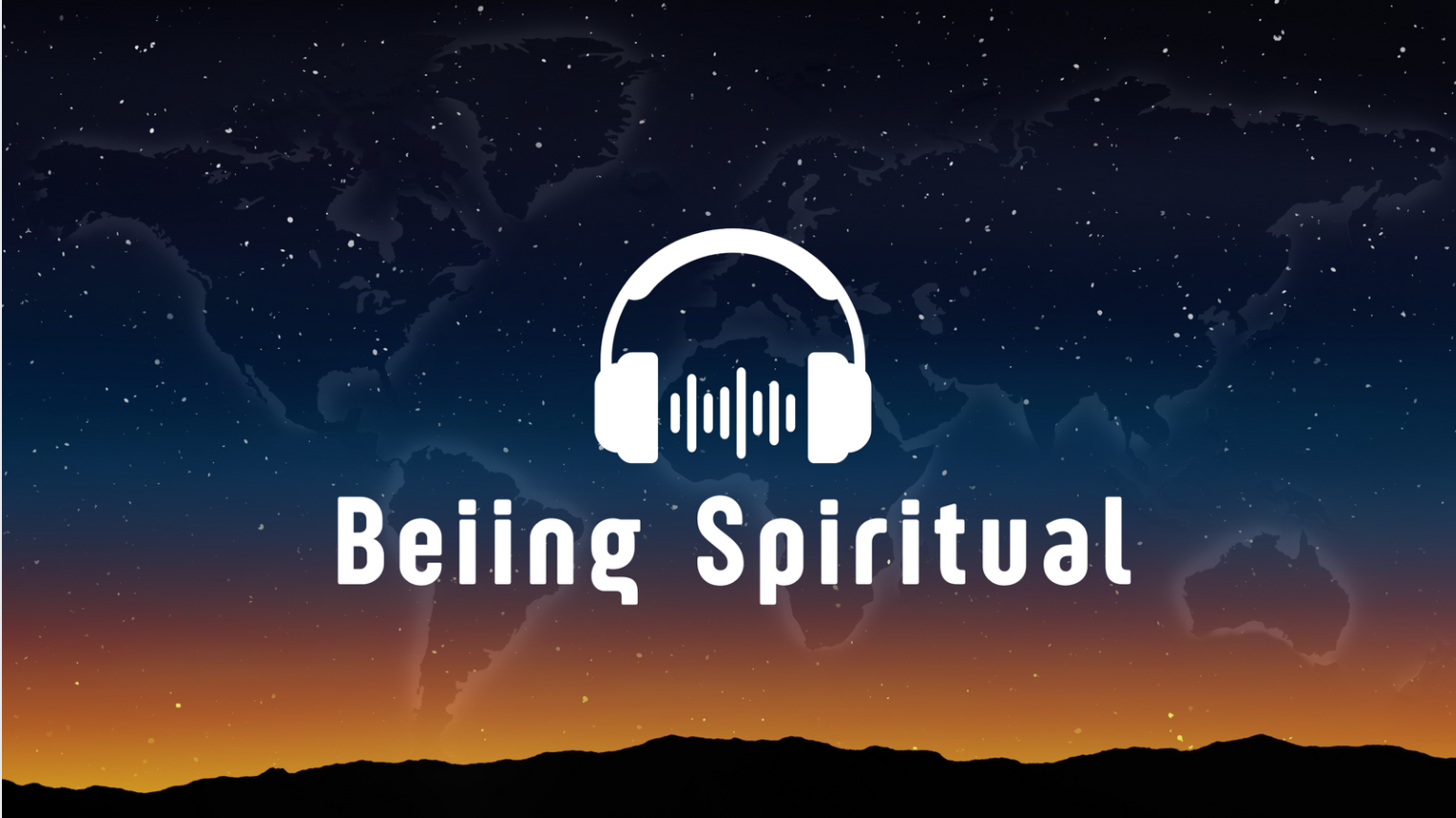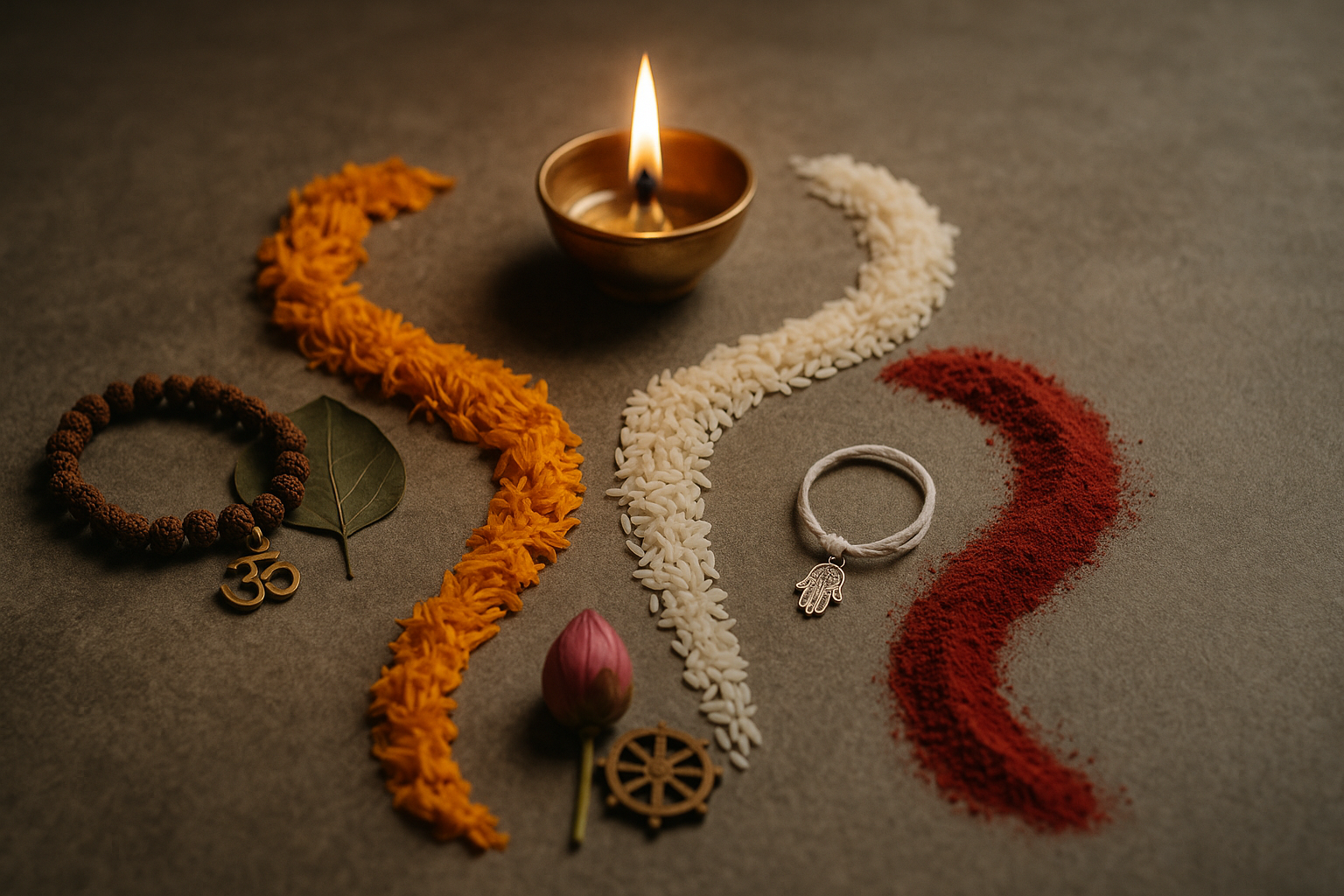The Middle Way in Buddhism: Finding Balance in Life
🌸 The Story Behind the Middle Way
Prince Siddhartha (later known as the Buddha) grew up surrounded by luxury. His palace life gave him every comfort — music, fine food, and pleasure. Yet, despite all this, he felt a deep dissatisfaction.
Seeking truth, he left his palace and pursued the opposite extreme: severe asceticism. He fasted, denied himself basic needs, and weakened his body in the hope that suffering would lead to awakening. But this too failed. Instead of wisdom, he found only exhaustion.
One day, sitting by a river, Siddhartha overheard a simple teaching from a musician:
A lute string too tight will snap. A string too loose will not play. Only balance creates harmony.
This became the seed of his greatest insight: the Middle Way — the path of balance.
🕊️ What is the Middle Way?
The Middle Way is the rejection of extremes. It avoids:
- Indulgence: Chasing pleasure, wealth, and fame without end.
- Self-Mortification: Harsh practices like starvation or punishing the body.
Instead, it encourages living with moderation, where both body and mind are cared for. The Middle Way is not about compromise or choosing “halfway.” It is about moving with wisdom, avoiding attachment and aversion.
Example:
- Eating well but not overeating.
- Working hard but not exhausting yourself.
- Enjoying relationships without clinging or neglecting.
🧘 The Middle Way in Practice: The Eightfold Path
The Buddha explained the Middle Way most clearly through the Noble Eightfold Path, a practical guide for living wisely:
- Wisdom (Prajna): Right View, Right Intention
- Ethics (Sila): Right Speech, Right Action, Right Livelihood
- Meditation (Samadhi): Right Effort, Right Mindfulness, Right Concentration
This path does not mean living in constant moderation of all things, but practicing awareness and balance in each area of life.
Example:
- Right Speech means avoiding both harsh insults and fake praise — instead, speaking truth with kindness.
- Right Effort means avoiding both laziness and obsessive striving — instead, cultivating steady discipline.
🌍 Why It Still Matters Today
The Middle Way is not an ancient idea locked in monasteries — it is directly relevant to modern life.
- Consumerism: In a world that tells us “more is better,” the Middle Way shows that happiness does not depend on endless possessions.
- Work and Stress: In times of burnout culture, it reminds us to balance effort with rest.
- Relationships: Instead of extremes of control or neglect, it encourages compassion and presence.
Example:
- You don’t need to quit technology completely, nor be glued to your phone. Balance might mean setting mindful boundaries.
- You don’t need to reject ambition, nor overwork until exhaustion. Balance might mean pursuing goals while protecting health.
✨ Closing Reflection
The Middle Way is not compromise — it is clarity.
It is the art of living without falling into extremes, where body is cared for, mind is calm, and heart is free.
The Buddha’s lesson is simple yet timeless:
Peace does not come from extremes. Peace comes from balance.
The Middle Way is the art of harmony in life.






प्रातिक्रिया दे